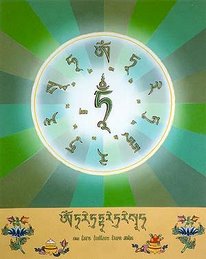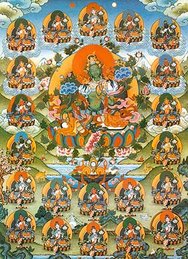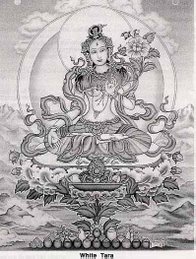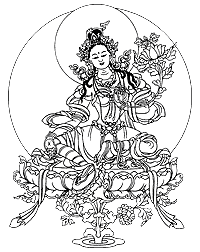
Tara also known as Arya Tara or Jetsun Dolma (sgrolma) is very well known in Tibetan Buddhism, Tara is a Buddha with the body of a female. Tara is typically associated with Tantric Practices Varjayana or known as Tibetan Buddhism.
Mother Tara is considered as the "mother of liberation", and she represents the virtues of success in both work and the achievements on oneself. “Tara” is a “Tantric” deity and commonly practiced by practitioners of Tibetan Buddhist also known as Vajrayana since the 7th century C.E., the practice of Mother Tara is to develop a certain inner qualities of one self and to understand the outer, inner and also the secret teachings about both compassion and emptiness.
Tara in fact is actually the “generic” name for a set of Buddha or Bodhisattvas of identical qualities. In Tibetan Buddhism or Varjayana Tara is regarded as a Female Buddha of both compassion and action. She is actually the female aspect of Avalokitesvara / Chenrezig / Kwan Yin and it was widely belief that “Tara” originated his tears. Tara is known as a heavenly deity who always hears the cries of all sentient beings experiencing misery and suffering in samsara.
In Sanskrit Tar means "cross over" as in using an object like “a bridge” to cross over a stream. In the Indian sacred tradition, the word Tara refers to the second means of the “Ten Means” to Realization and as according to Hindu tantra. As a Tarini, “she will carries you across” Tara serves as a bridge for us to get to the path immortality.





2 comments:
Thank you for this explanation of the Tara. I am still trying to figure it out the difference between Tara and Kuan Yin. Can you help me?
Mountain girl
http://awakenpurplelotus.blogspot.co.uk/
Post a Comment